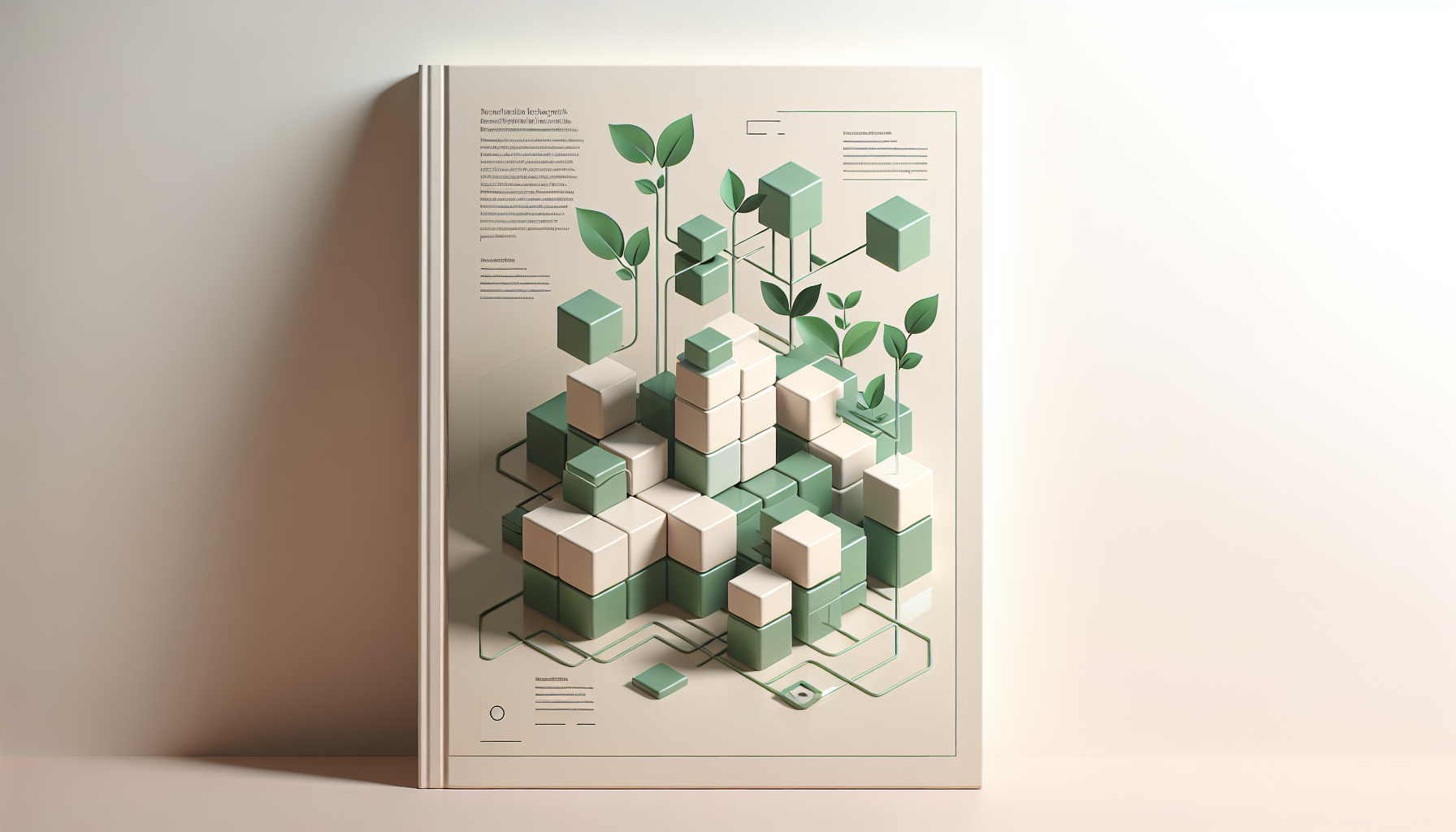Sustainable Software Architecture: Designing Long-Lasting, Low-Impact Systems
Building software with sustainability in mind reduces environmental impact and enhances longevity.

Defining Sustainable Software Architecture
Sustainable software architecture focuses on designing and implementing software systems that minimise environmental impact while maximising longevity, efficiency, and adaptability. This approach considers energy consumption during runtime, maintainability over time, and resilience to evolving business needs.
The Evergreen Challenge
Modern software development prioritises performance and features, often neglecting energy efficiency and sustainability. As data centres and software services consume increasing power globally, architects must embed sustainability into the core of software design — a challenge with profound technical and strategic implications.
Solution 1: Energy-Aware Software Design Framework
This framework embeds energy efficiency into every phase of software development:
- Analysis: Evaluate energy profiles of algorithms and infrastructure choices.
- Design: Prioritise lightweight algorithms, minimise disk I/O and network calls.
- Implementation: Use efficient data structures and concurrency models.
- Testing & Optimisation: Incorporate energy consumption metrics in continuous integration pipelines.
- Deployment: Select green cloud providers and employ serverless or container-based scaling to reduce idle consumption.
Pro Tip: Use instrumented profiling tools like Intel VTune or open-source frameworks to monitor energy use of code during testing phases.
# Example: Python snippet to reduce energy by limiting API calls using caching with TTL
import requests
import time
cache = {}
CACHE_TTL = 300 # seconds
def get_data(url):
now = time.time()
if url in cache and now - cache[url]['time'] < CACHE_TTL:
return cache[url]['data']
response = requests.get(url)
data = response.json()
cache[url] = {'data': data, 'time': now}
return data
Solution 2: Modular, Maintainable & Future-Proof Architecture
Focusing on maintainability enables systems to evolve rather than being replaced, reducing waste:
- Adopt microservices and modular design: separate concerns, allowing incremental updates.
- Document interfaces and dependencies: enables easier refactoring and adaptation.
- Automate testing and deployment: ensures integrity as system scales and evolves.
- Use domain-driven design (DDD): align architecture closely with evolving business domains.
Combining modularity with sustainable design principles supports resilient systems that require fewer rewrites or legacy technology disposal.
Did You Know? Software and data centres contribute nearly 2% of global carbon emissions, a figure expected to rise without sustainable design practices.
Q&A: What are common pitfalls in sustainable software? Ignoring energy budgets during design; overreliance on hardware scaling; lack of documentation hindering future updates.
Integrating Sustainability with Quantum-Ready Infrastructure
As detailed in our article on Building Resilient Quantum-Ready Systems, future-proof software should also include adaptability for next-gen compute platforms. Sustainable architecture enhances this by easing migration and hybrid operation.
Evening Actionables
- Audit an existing application for energy hotspots using profiling tools.
- Implement caching, async processing, and resource pooling to reduce runtime load.
- Create modular service boundaries with clear APIs.
- Select cloud providers with transparent renewable energy commitments.
- Embed sustainability metrics into CI/CD pipelines for continuous monitoring.





Comments ()